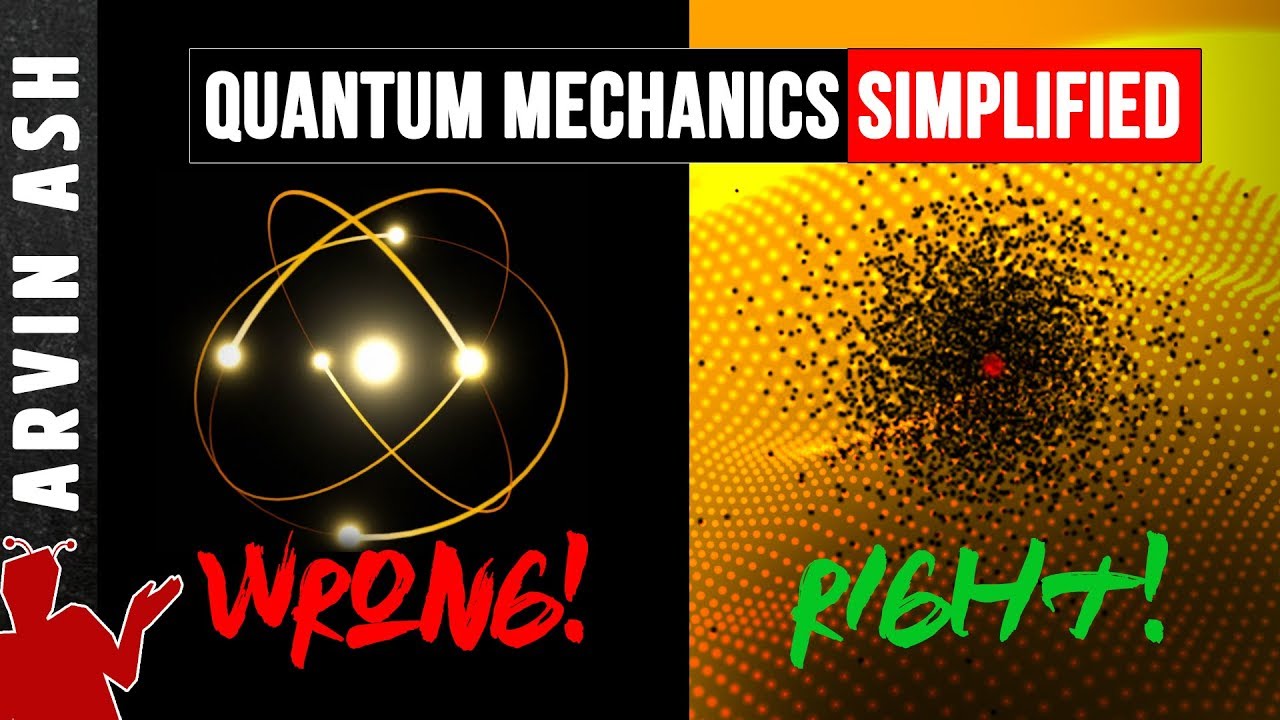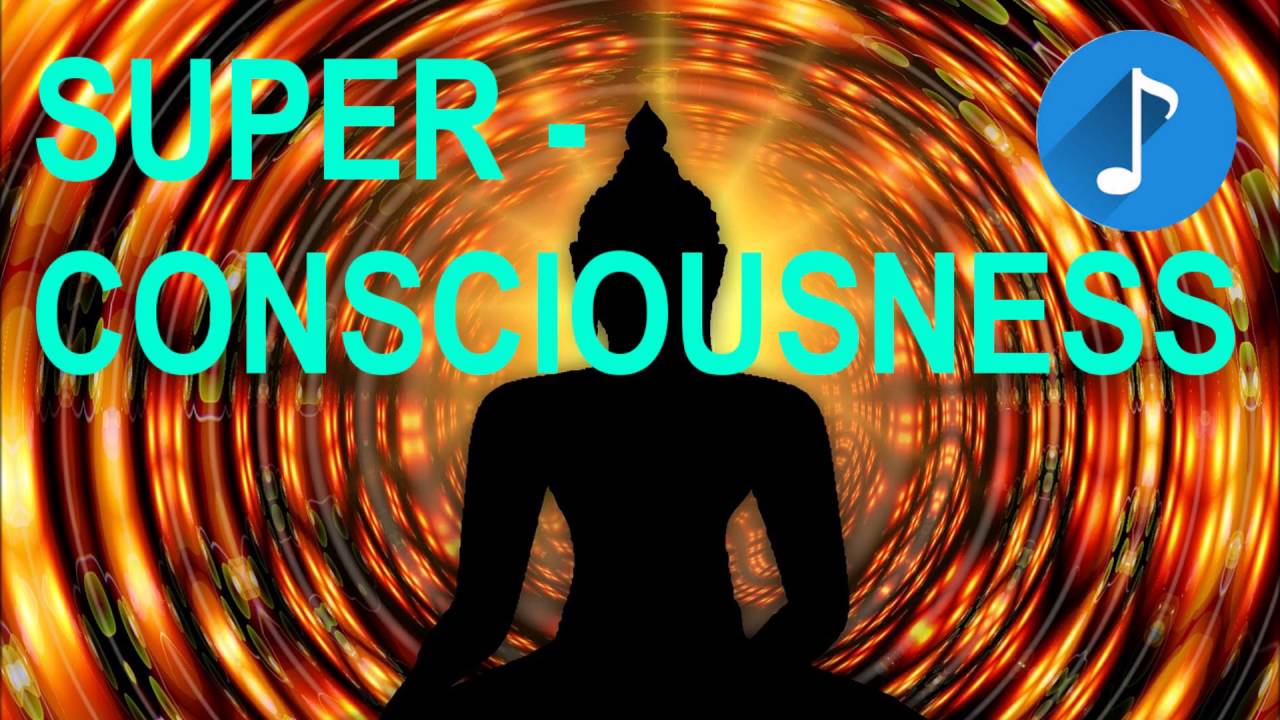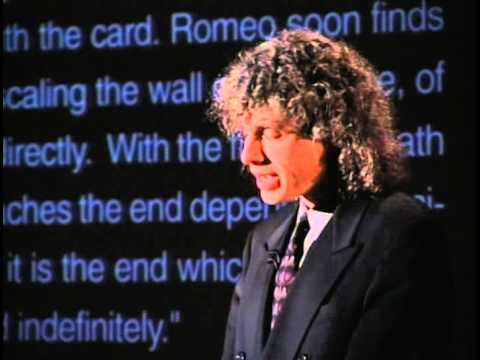Arvin Ash
Signup for your FREE trial to The Great Courses Plus here: http://ow.ly/ilR330pHoFu
Quantum physics simplified. Are Consciousness and Free Will linked to quantum mechanics? The double slit experiment explained. What is the difference between observation and measurement? Since Quantum Mechanics is the basis of all modern microelectronics it is extremely important for you to be able to separate quantum mechanics facts from fiction.
There are misconceptions about quantum mechanics. I explain as simply as possible how quantum mechanics actually works. In 1801, British physicist Thomas Young performed a double slit experiment which showed that light was a wave, because it formed an interference pattern as a wave would. So for most of the 19th century light was considered a wave.
However, in 1887, German Physicist Heinrich Hertz discovered the photoelectric effect. This is where light can knock off electrons from atoms. But this was not triggered by certain colors regardless of the intensity, but only by higher frequencies of light. This was not the way a classical wave was supposed to behave.
This mystery was solved by Albert Einstein who proposed that light was not a wave, but came in packets of energy, photons. And the energy of these particles was proportional to its frequency of the wave. So Young and Einstein’s results seemed to be in conflict. Was light a wave or a particle?
In 1909, G. I. Taylor performed a double slit experiment such that only one photon was emitted through the double slits at a time. He showed that individual photons look like particles, but a bunch of photons behave together like a wave. This experiment was later performed with electrons which also showed the same pattern.
But people were perplexed as to what a wave of an electron actually means. In classical mechanics, Newton’s second law makes a mathematical prediction about the path a physical object will take, if you know its initial conditions. Something that showed a similar mathematical description of the wave of electrons was needed. In 1925, Austrian Physicist, Erwin Schrodinger, invented such an equation that revealed the shape of this wave function. Unlike Newton’s equation, it is not deterministic. It evolves over time. The Psi in the equation, which looks like a trident, is a wave function. In 1926, German physicist, Max Born, worked out that the psi function was related to probability.
The most accepted interpretation of the wave function, called the Copenhagen interpretation, says that until a measurement is made, this equation tells us that the electron is in all the potential positions at once. So when the measurement takes place, that’s when we say that its wave function has collapsed, because only at that point can we ascertain where where electron is or what its properties are.
And this collapse of the wave function is where the main confusion occurs in quantum mechanics. There is no equation that outlines exactly how this collapse occurs after measurement. This has been called the measurement problem of quantum mechanics.
I’ve been careful to use the word measurement instead of “observation” – which many textbooks and physicists use interchangeably. But observation in quantum mechanics does not require eyes. It is simply a measurement. So what is a measurement? When an electron bounces off an atom, that’s a measurement. An observation in physics does not mean a conscious observer. Just about anything can be an observation. If an atom in superposition interacts bumps into another atom, that’s an observation.
In the double slit experiment, when a single photon hits the screen, it collapses the probability wave of the photon. It shows up as a particle. That same photon is acting as a wave prior to hitting the screen, because it hasn’t been measured yet. The screen measures it. If enough photons are fired, you get a distribution exactly as predicted by the wave function.
The measurement made was a purely physical measurement. It would not matter if anyone or any animal looked at the measurement. Overall what we can see is that the fundamental underpinnings of nature are probabilistic not deterministic.
Does this justify free will? No. Just because free will implies that your decisions are not deterministic, and quantum mechanics implies that the properties of small particles are also not deterministic, the two are not related. There is no science linking the two.
#quantumphysics
And consciousness is not required to collapse of the wave function. The universe exists whether we are here to observe it or not.
The Great Courses Plus is currently available to watch through a web browser to almost anyone in the world and optimized for the US, UK, and Australian markets. The Great Courses Plus is currently working to both optimize the product globally and accept credit card payments globally.
Source




Hi Arvin Ash. Thank you for your video.
About the free will problem, I have heard that there is a fact in quantumn machenics says that an event might be of someone's past but other's future. That leads to no free will. Is that real? How could you explain it?
I don't wanna sound disrespectful, but the view presented here could have been the accepted explanation maybe in the 1930s or 40s. There is a huge problem with the collapsing wavefunction, as many have discussed since then. You also said that you could repeat the measurement and get a different result. No, you don't once you collapsed the wavefunction with the first measurement. The probabilistic property of the electron or any other particle would dissapear. Obviously that is not the case. But also, what is the mechanism of the collapsing of the wavefunction, or how do you get a fully fledged wavefunction again, after you completed a measurement. Tough problems that the Coppenhagen interpretation just cannot address. Another problem is the idea that just because a macroscopic system consists of many particles, you can just forget about quantum mechanics. No, you cannot. About the free will… since a few Na or K ion here or there can in principle result in a completely different decision that you make, it is quite possible that quantum mechanics plays an important role in how your brain functions. Just a minor thing… The wavefunction of the system is not the probability, but a mathematical object that contains all the information of the system. The magnitude of it is the probability density, but using the wavefunction you can measure anything you want. You get the number as the eigenvalue, and the corresponding state as the eigenstate. I would consider the relative states interpretation of Hugh Everett III much more favorable. One part of the system measures another part of the system. Even us people are part of the system, we cannot make measurements as outsiders. Finally let me just say that much about the confident explanations: "If somebody states that he understands quantum physics, that proves that he does not understand it" 🙂 That is how weird it is!
Plenty of physical interaction in the quantum eraser experiment, and yet the wave function is restored by uncertainty.
Ash, could not understand 9:42 and 10:16, are you saying here that the measurement changed the pattern made by photons on the screen?
Nailed it
Who other than observers actually have the ability measure? Isn’t “measure” being used as a verb that needs noun? Doesn’t “measure” mean to extract information? How about the delayed choice quantum eraser? Entanglement? Shouldn’t we be trying to get people to actually appreciate these deep mysteries which are interlinked versus diluting them with semantics. This will likely get solved by a non physicists. Physicists are too busy shaving the edges off the greatest mystery we’ve ever encountered so the round peg FINALLY fits into the square one.
None of this actually seemed weird to me at all up to the point where measurement causes only two lines to appear. The video makes it sound like that's what was to be expected as result of measurement. But there really are two measurements in the picture: if a particle is measured before going on to hit the screen then we get the two line pattern. But if no measurement is made at that point and the particles are allowed to hit the screen then we see the bands that represent the wave function. It would seem that the only reason why that would occur would be some sort of interference that happens in the act of measuring the particle before it hits the screen. What's crazy about the two lines is that there is any consistency at all about where the particles end up. Perhaps the two lines are some sort of demonstration of superposition: the position of one particle becomes determined relative to a second measured particle.
That's the best intro to QM one can ever get! Thanks for educating us for free, Arvin Ash.
Nice work, Arvin, thx! So instead of the confusion of anthropocentric words like 'measurement' and 'observation' (with all the attendant 'woo-woo'), why don't we just say that the probabilities of the wave function collapse whenever it interacts with matter?
Sir, are you an Indian?
If yes,
I am also an Indian
Why isnt the object that the slit is cut into collapsing the wave function? Or is the "slit" like an absence of a magnetic field or something.
Thank you very much. Wouldn't it be even clearer if we dismissed the idea of "particles" altogether? After all, what we can actually measure/observe is just a local exchange of energy, the probability of which is determined by the quantum field. There's no real, substantial "particle" anywhere. Your video nevertheless shows "particles" going through the slits, where in fact there are none. Our minds intuitively "demand" particles to exist based on our object-oriented everday notion about the world, but so far I could see no genuine reason to assume their existence in the light of quantum physics. Also, what I missed in the video was an explanation why a measurement changes the wave shape, namely because the measurement device is a quantum object, too, which of course interferes with the wave to be measured. The "which path" sensor shown in the video looks like it could observe "particles" from afar, but of course a real sensor would have to interact with them directly.
The way these things are often explained makes them sound mystical and magical. It's completely stupid how that is done. The particle traveling through the slits is taking a random path within certain bounds. This creates a predictable mathematical pattern to the overall paths to all of the particles. But the path of an individual particle depends on variables beyond our current understanding. "Measuring" the particle requires some form of physical interaction with it. This alters the path of the particle and makes it more predictable. "The wave function collapses." An overly dramatic way of stating that interacting with the particle reduces the number of variables controlling it's path.
We are get Trolled by Quantum
GREAT JOB EXPLAINING THIS BEST EXPLANATION BY FAR
How do you label something as "Psudoscience" , Just based on your views, and opinions? This is the only video that i find 'unscientific' on this channel.
Well, i am asking a question scratching my head at the same time: is that means that the nature never gives an answers about its own magic?
thank you so much for making a complicated subject enough simple and clear for people like me.
Finally, an answer to the age-old question: If a particle interacts in a forest, but nobody's around to observe it, does its probability field collapse?
Hi Arvin, how does the photons in the double slit experiment avoid all measurements and behaves like a wave? Isn’t there a lot of factors involves just like the tennis ball 🎾?
Actually, the Schrödinger equation is completely deterministic. It's just a differential equation and it evolves deterministically as any other differential equation. It's just, that the thing, that's evolving are probability amplitudes. From which you can derive the probabilities. But the evolution of the probability amplitudes is still completely deterministic. 🙂
A Brilliantly understandable video of a highly misunderstood topic. Bravo! Subbed.
Great to watch and very informative too , thanks for outlining the difference between observations and measuraments !
Schrodinger arrives at the vets to pick up his cat. The vet says, "Well, Mr. Schrodinger, I've got some good news and some bad news…"
Why is math so accepted as an explanation?
Are you indian?
10:20 question. If one shoots bunch of photon in that set up, one would get 2 lines of interference. But what if one shine a light in that set up?
In earlier experiment, a light will form wave pattern. Shoot millions of photon, then the dots would form wave pattern. Shoot millions of photon with measuring tool, it would form 2 lines.
What if one shine a light beam in that set up on 10:20? What would form?
Thank you mr. Arvin ash ,iam always with you
Thanks! Question: Gravity’s effects are proportional to distance. So gravity is always measuring the location of everything all of the time. Perhaps the wave function is really telling us how the location of a particle will alter the gravitational field of the surrounding particles. So the measurement of one is really a measurement of all the particles. Any logic to this???
Mr. Arvin , what's your recommended book to read quantum phenomena in-depth ? please could you mention any or many? with mathematical aspects
yeah, but the only consciousness that can interact with the measurement are the human being one. So it matter.
Somehow, I suspect that when an observation is made that it interferes with the wave function thus changing the energy distribution of the wave and thus the integrity of the electron and that it is this change in energy that collapses the wave function.
Thanks for the attempt but the explanation around measurement falls apart for me when the double slits themselves are a form of measurement. Two physical systems, the electron or photon hitting a second physical system the slit.
Why does a second measurement device collapse the wavefunction but the actual presence and thickness of the slit does not in of itself measure and collapse it?
Turn off those damn captions bro.
Well isn’t the way a single photon is measured all wrong? Since you are only firing them one at a time through the same size double slit pattern as the wave function shouldn’t it be made like 1/8 the size of the other? Would it have to make a quick switch after firing one photon and collapse it further back into a wave functioning particle, even if measured? Sorry if I am just not getting it yet. Sorry. But I thought better look stupid than wondering? Only going to get smarter by asking these oddities. Sorry and I appreciate your content greatly Arvin! Thanks!
do a video about heisenberg uncertainty principle , becoz it is what prevents a particle to behave like classical , when wave function collapses to a distinct particle as you said , there is always randomness present in a measurement , thats what heisenberg principle says , you cant measure any quantum property exactly , it destroys that possibility .. also clearing misconceptions abt the principle , that when we hit an electron with a high energy photon , we can know the momentum , but not the exact position as it gained kinetic energy from the photon , which is not true abt the heisenberg principle ..
The energy particles must be forced into position of travel by the flow of space time subject to current time flow like individual water molecules in a ocean but time flows in such a way it's abstract to the human perception.